Best high-end guitar amps 2025: 8 of the finest-sounding amplifiers money can buy
From handwired boutique combos to high-gain monster heads, we invite you to peruse these dream guitar amps from Fender, Marshall, Mesa/Boogie and more

Face it, if you're really serious about tone, sooner or later you're going to have to have one of the best high-end guitar amps in your life.
Where lesser amplifiers are made to a budget, from cheaper materials on soulless factory lines, high-end amps exist to showcase the very best that can be achieved by a brand or a small builder. Consequently, no compromises are made when it comes to tone, no corners are cut when it comes to quality.
If you already own a fine guitar, congratulations, you're already halfway to sonic bliss. But it’s a journey you'll never complete without a high-end amplifier.
Choosing the right amp isn't the hardest of life's challenges, but it does require some forethought. Do you lust after more power? Would you like to experiment with a thousand and one sounds? Or are you after a simple, vintage-inspired model that perfectly reproduces your dream tone, the one that's been knocking about in your head for years?
To help you make the right choice, we've rounded up eight of our favorite high-end guitar amps for you to consider. Good luck!
Best high-end guitar amps: Our top picks
If you have the budget, the four channel Diezel VH4 offers all you could ever want from a high-end guitar amplifier. Handmade in small quantities, it's obvious that Peter Diezel and his trusty team have ploughed a lot of passion into this powerful head.
The first two channels will satisfy your desires for pristine sparkle through to delicious Brit crunch, while the second two have a character that starts a touch doolally but ends up wildly insane as the gain ramps up. Oh, there's volume aplenty, but it can be attenuated right down if need be.
The whole caboodle is controllable by MIDI, and it's packed full of other clever little modern appointments.
If the VH4 is just too 'modern' for your tastes, leaving you nostalgic for a bygone golden age of guitar amplification, then look no further than Fender's '57 Custom Deluxe. If there's a guitar playing in heaven, we bet it’s plugged into one of these. Simple controls, glorious tone.
It's a hand-wired, tweed covered, relatively faithful reproduction of a Leo masterpiece from 65 years ago. It sounds as good now as they did then…
Guitar World recommends: Product guide
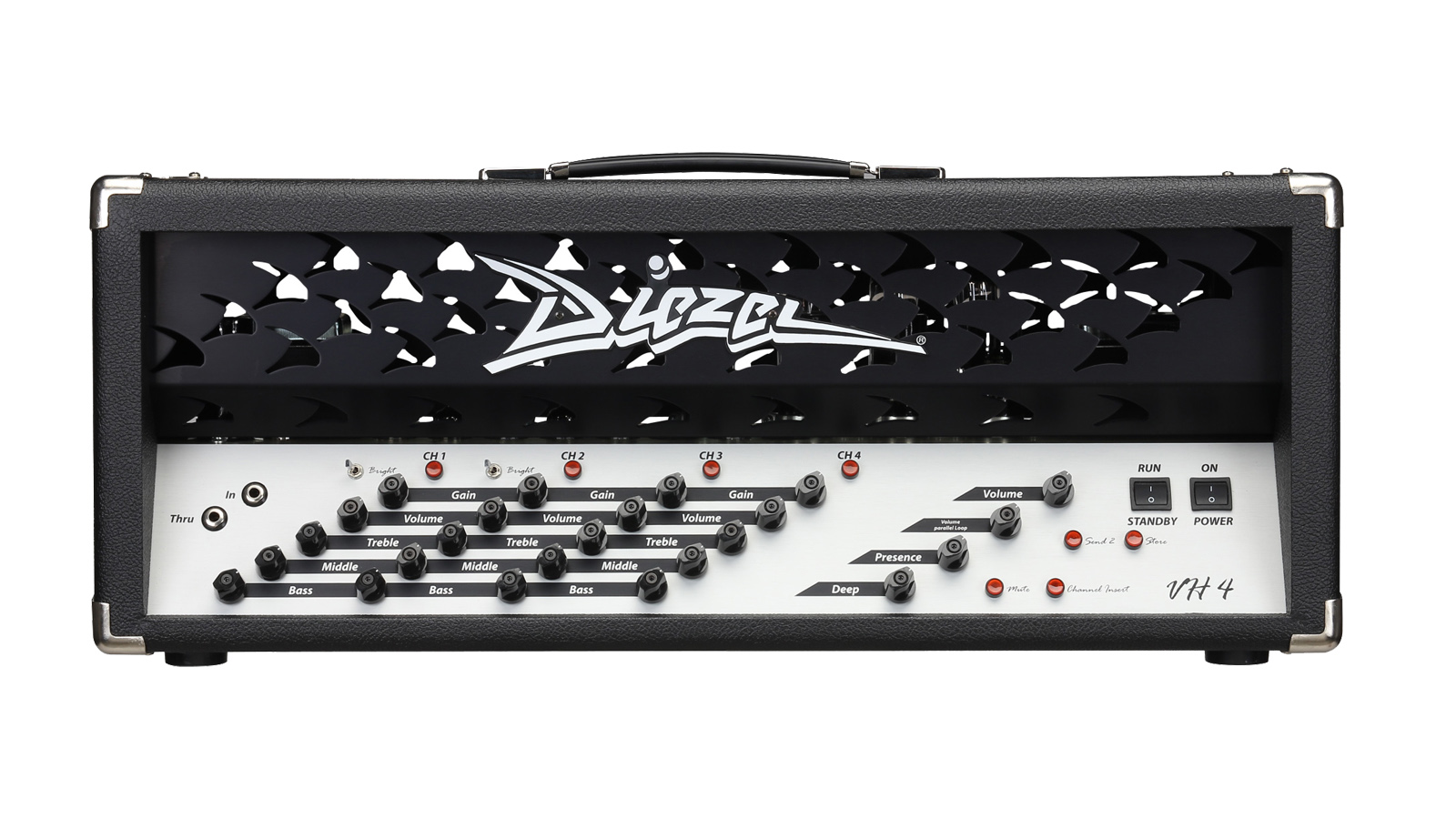
1. Diezel VH4 Head
Our expert review:
Specifications
Reasons to buy
Reasons to avoid
Power, more power and a little less power. This VH4 is the archetypal Diezel amp, the one that started it all way back in 1992. Four MIDI-switchable channels of heady 100W power, that can be attenuated to more reasonable levels without sabotaging your tone.
Sure, this thing's a beast but those channels – clean, crunch, mega and lead – make it a versatile one. Each is voiced by its own independent, custom preamp. Clean really is as clean as a whistle until you crank up the gain, which thickens up the tone a touch. Crunch starts where the clean channel leaves off, steering you through mildly saturated Brit invasion tones to out-and-out classic rock attitude.
From here on in you've hitched a ride to metal mayhem. The mega channel serves up Diezel's trademark, highly defined heavy metal sound that's ideal for dark, chugging rhythm playing and soaring leads. Lead is, well, bonkers. More gain, more bottom end, more compression, more erm... just more.
Handmade by a tiny team of German engineers, every VH4 is tubed and checked by founder Peter Diezel.
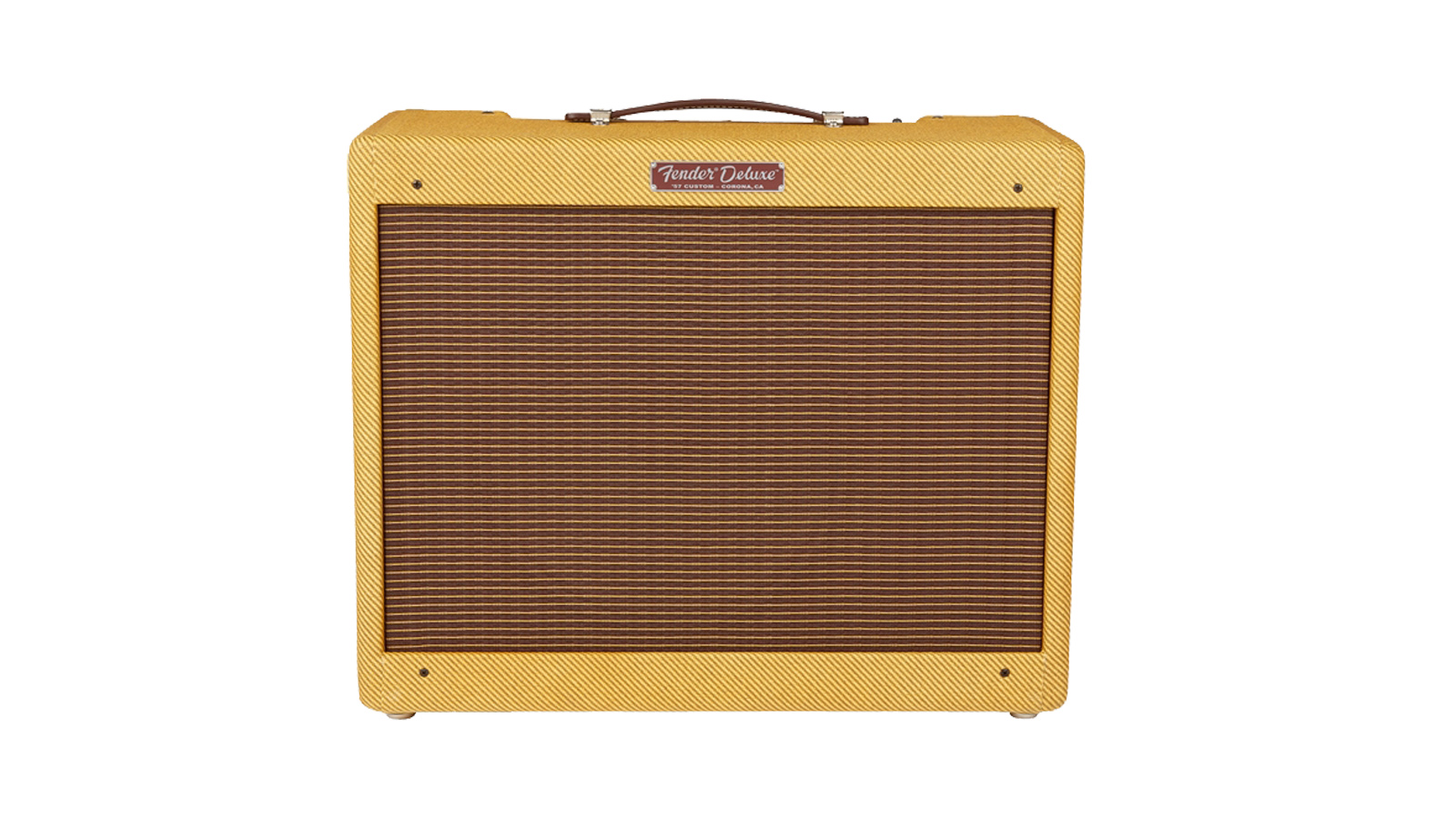
2. Fender '57 Custom Deluxe
Our expert review:
Specifications
Reasons to buy
Reasons to avoid
There's something very magical about Leo's tweed amps from the '50s, a quality not lost on his competitors. In one way or another, and with a few notable exceptions, almost every guitar amp produced since then can trace its lineage back to one of his early products. What a genius that man was.
The '57 Custom Deluxe aims to recreate the look and sound of those bewitching tweeds. This handwired 12-watt combo uses the original '50's 5E3 circuit with Fender Pure Vintage yellow capacitors and Mercury Magnetics transformers. It also looks resplendent in its smart period-inspired 'tweed' suit, complete with leather handle.
It's a joy to plug in and play. The breadth of tone one can achieve from such a simple amp with so few controls is quite remarkable, a real wake up call for those of us guilty of wasting our playing time fiddling with more complex amps in pursuit of the perfect sound.
Everything you need is here – just you, your guitar and this amp. Dialling in anything from transparent sparkly tones to rich, bluesy overdriven saturation is child's play. It's a rewarding amp to use too because it's just so organic, so dynamic. It reacts to every touch of your pick, every slight adjustment of your guitar's volume control.
Leo may be gone but the magic has returned.

3. Hughes & Kettner TriAmp Mark 3
Our expert review:
Specifications
Reasons to buy
Reasons to avoid
It's easy to suffer serious knob envy when looking at the TriAmp Mark 3. We think it boasts about 40 knobs on the front panel alone – we counted them three times but we're still not entirely sure. Anyway, that's a lot of knobs.
In fact, the TriAmp is a lot of everything. A lot of channels, six. A lot of preamps, three. A lot of power, 150W. A lot of tubes, 15. And, yes, a lot of money.
But, that money buys you a lot of versatility, an awful lot. And a lot of fun to boot. As the name suggests the TriAmp boasts three independently voiced preamps, each with two channels. The thing is, it also features three independently voiced power amps, each of which is assignable to each of the six channels.
Essentially, and yes the math does get rather complicated, this gives you scores of MIDI-accessible base sounds to play with. Eighty-four according to the manual, or 128 according to the website. Additionally, you can swap out the 6L6s and EL34s that the TriAmp ships with for KT66s, KT77s, KT88s, 6550s, 5881s, 7581s and/or 6CA7s. We haven't even tried to calculate the possible number of sounds – our heads hurt too much already.
All you really need to know is that the TriAmp can take you from sparkling Californian cleans to ‘90s high gain tones and beyond at the click of the included footswitch. Just remember that these are the real thing – authentic, dynamic tube tones – not a synthetic, modelled approximation.
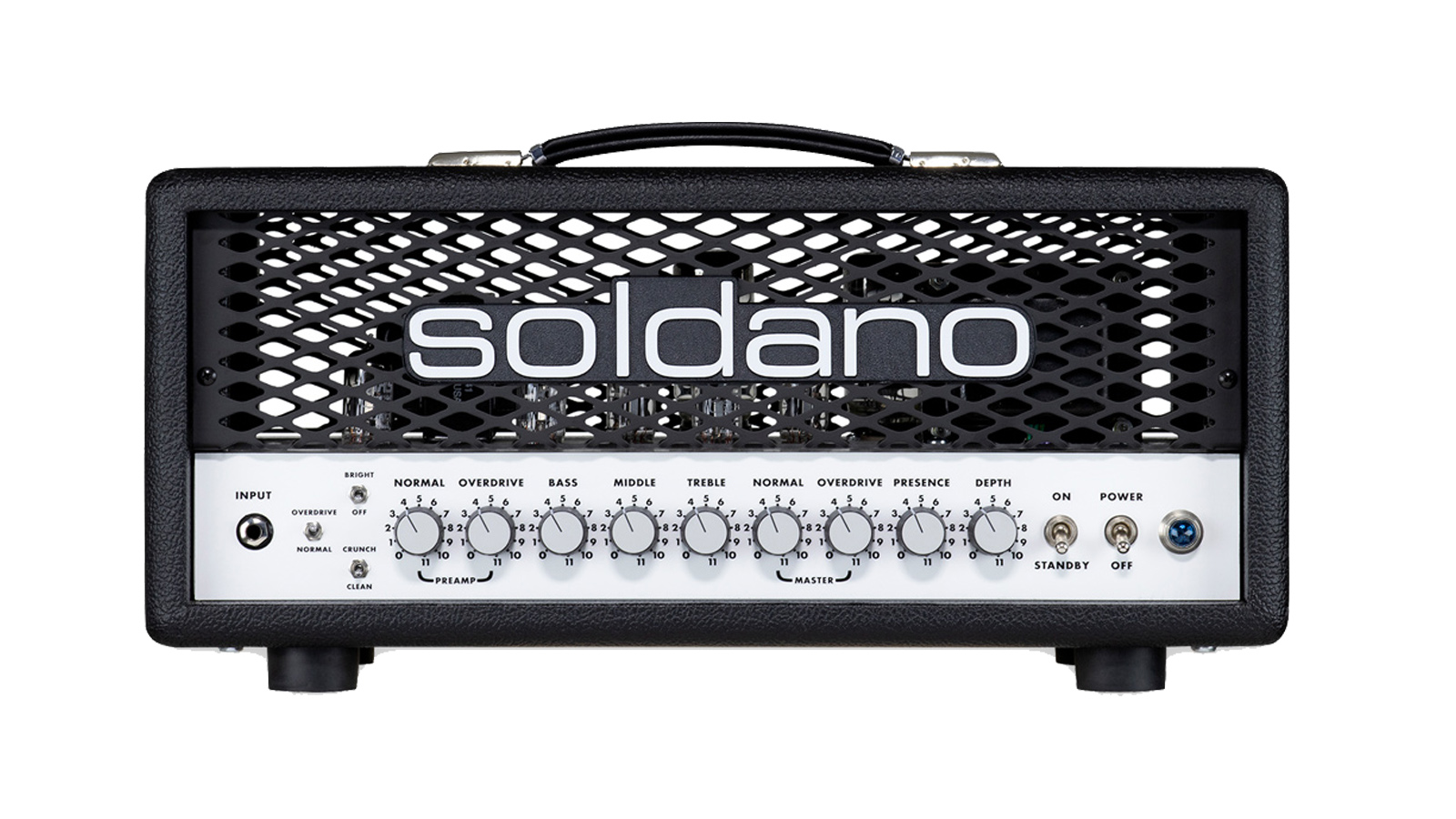
4. Soldano Super Lead Overdrive 30 Classic Head
Our expert review:
Specifications
Reasons to buy
Reasons to avoid
Back in the late '80s, guitarists were demanding more gain from the mainstream amp brands, but their cries were falling on deaf ears. Fortunately, LA amp modder Michael Soldano came to the rescue with his Super Lead Overdrive 100, aka the SLO 100. At the time it was a revelation, because its gorgeous, saturated tone came from overdriving the preamp with bucketloads of gain, leaving the power amp relatively clean. All of a sudden, overdrive was on tap at almost any volume.
Metal guitarists loved the way it could be driven so easily, but it was also a favorite of more mainstream artists such as Mark Knopfler, Eric Clapton, Steve Lukather and even Prince. In short, it quickly became a modern classic.
Three decades on, Soldano has tweaked the SLO 100 with some modern improvements but that's not the amp we're recommending here. Instead, we urge you to take a look at its new-born baby brother, the more manageable and less financially demanding SLO 30.
It's essentially the same sweet pudding in a slightly smaller bowl, the same harmonically rich flavor, just a more digestible portion of it. Like the revised SLO 100, it’s an easy-to-use dual channel amp that's been optimized for today's tastes.
The power section benefits from more comprehensive EQ controls than Soldanos of yore, the noise floor has been improved, the effects loop is more transparent and both models now feature a channel switch on the front panel. About time too…
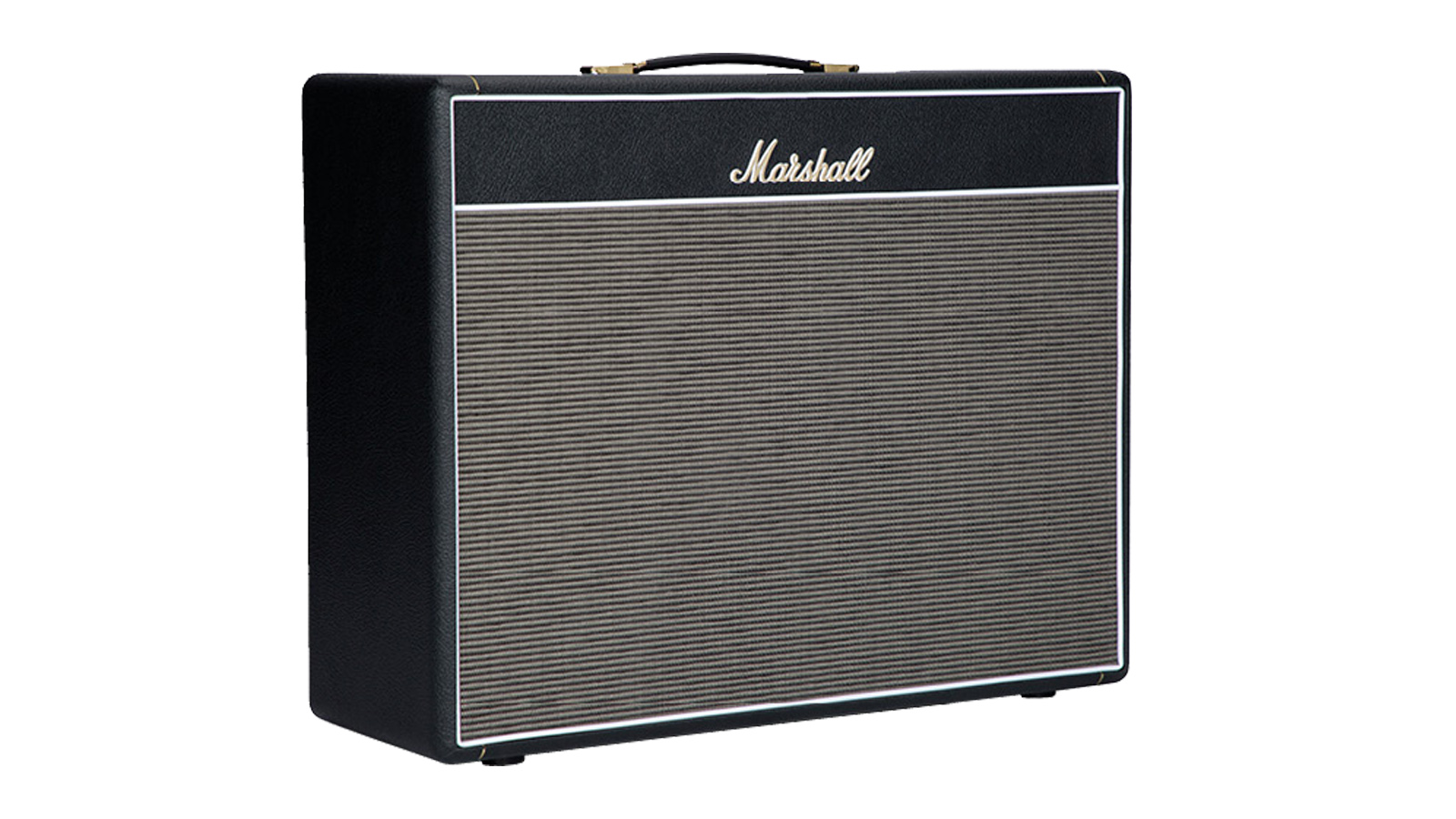
5. Marshall 1962 Bluesbreaker
Our expert review:
Specifications
Reasons to buy
Reasons to avoid
Back in the mid-'60s, when Eric Clapton asked Jim Marshall to build him an amp he could shove in the back of his car, the father of loud presented him with the open-back 1962. Eric went on to use this amp on many of his seminal tracks with John Mayall and the Bluesbreakers, which explains the 'Bluesbreaker' sobriquet. Don't confuse the 1962 moniker with the year of production though, it's just the model number.
The amp we're featuring here, which is part of Marshall's Vintage Reissues line, is the brand's latest attempt at capturing the essence of Eric's '60's rig, and it's pretty much cracked it.
One of the loveliest characteristics of the 1962 is the way it eases into saturation. It's actually a pretty clean amp for a Marshall, with a crisp high-end response that, even when wound right up, won't distort into indistinct slush. Instead, you're rewarded with a gorgeously articulate overdriven tone that appears early and progressively. Compression, sustain, warmth and vibrance – what more do you need in life?
Just like Eric's original, this is a very straightforward amp with tremolo, a handful of controls and little else. It's not an exact replica but it's a great place to start if you're looking to recreate that Beano tone.
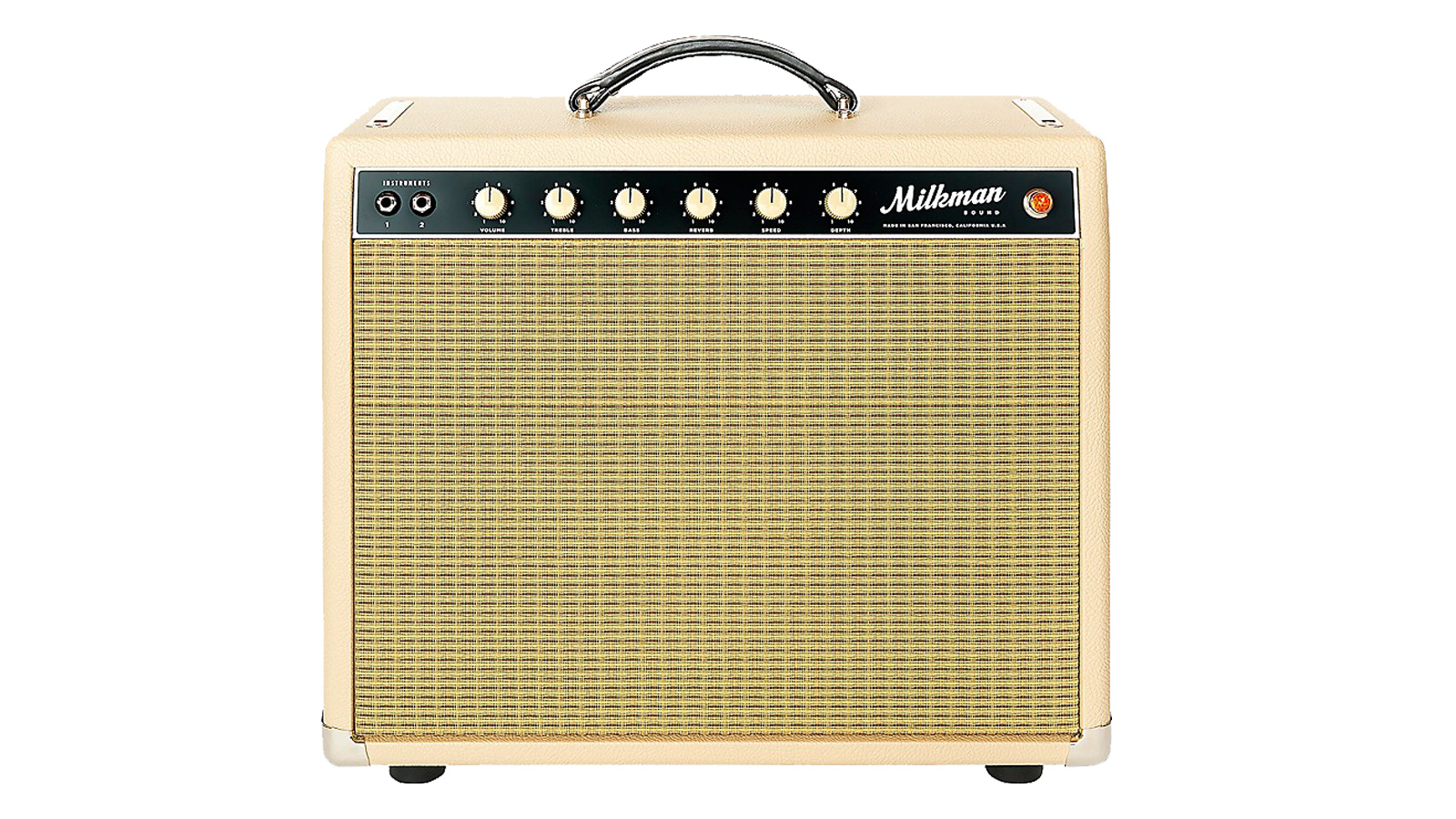
6. Milkman Sound HT15 w/ Vanilla 12" Jupiter Alnico speaker
Our expert review:
Specifications
Reasons to buy
Reasons to avoid
Leo Fender's original harmonic tremolo circuit sounded sweeter and syrupier than sugar coated honey, but it was only ever available in powerful amps pushing 45 watts or more. Frustrated by this cruel anomaly, Milkman engineers spent six long years trying to stuff a similar Fender-inspired circuit into a small, low power tube combo. The result is the glorious HT15, which sounds just as sweet, but can bite when provoked.
Hand built in San Francisco, it's obvious that the HT15 is inspired by a famous fellow Californian, just look at it. There is one significant departure though. Milkman amps, just like vintage Fenders, usually have their reverb circuit ahead of the trem but with the HT15 this is reversed. Apparently, the HT15 just sounds better that way.
Three speaker options are available, all of which alter the HT15's tone enormously. Choose a Jupiter Large Ceramic 12" if you want a sparkly clean tone that never, ever breaks up. The Jupiter Alnico 12" option, which is our favorite, has a subtle woody tone and a slightly more focussed bottom end. Saturation is warm and rounded.
Finally, the Celestion Alnico Blue 12" version emphasises the mids and can be overdriven much more easily.
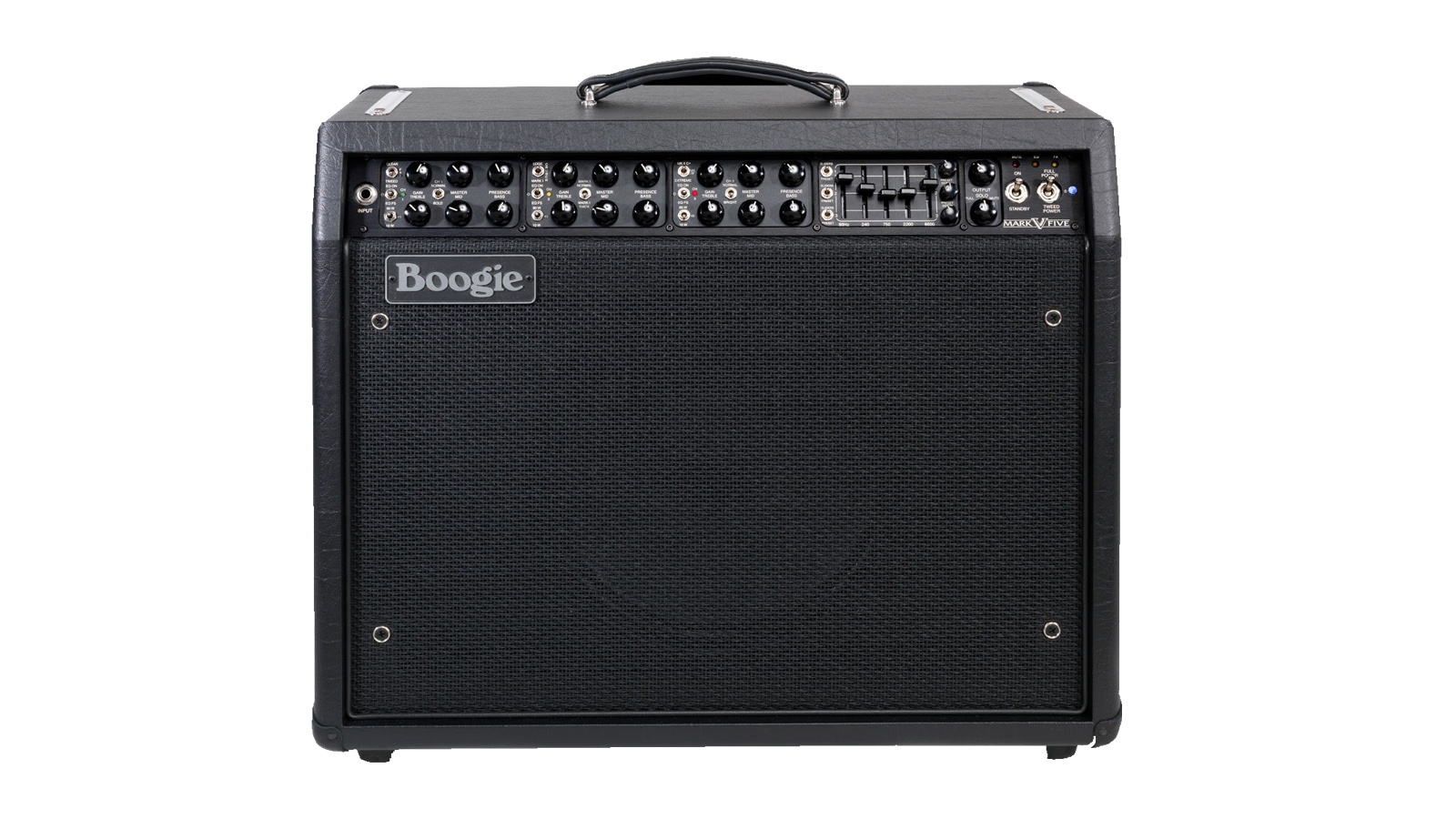
7. Mesa/Boogie Mark V 1 x 12" 90-watt
Our expert review:
Specifications
Reasons to buy
Reasons to avoid
What has Randall Smith ever done for us?
Well, instead of running through all of the many innovations that the Mesa/Boogie founder, and high-gain amp sorcerer, has gifted the world let's take a look at the Mark V. It's pretty much the same thing.
The Mark V, here in 90-watt combo form, is like a curated museum expo of Randall's finest amps.
Somehow, Boogie has crammed the MARK I in here, his pioneering amp with the cascading preamp that introduced the world to a new era of high-gain high jinks. The Mark II is squashed in next to it, the world’s first high-gain Dual Mode Channel Switching amplifier. And, oh look, there's the Mark III, with its ground-breaking 3 channel foot-switching performance, cuddling up to the MARK IV, the amp that gave all this power individual control.
Yes, they're all here, 40 years of guitar amp history in one rather imposing looking package. That's nine preamps and three power amps, which equates to three foot-switchable channels with three modes per channel.
The sounds? Well, if you like dirt then knock yourself out – there's every conceivable high-gain tone tucked away in here from blistering eighties-style metal to tighter, modern filth, all infinitely shapeable with the five-band graphic EQ.
However, the Mark V scrubs up well too. Such is its sonic versatility, it can cover any ground from transparent cleans to Brit-style crunch. It does love getting dirty though…
Read the full Mesa/Boogie Mark V (Head) review
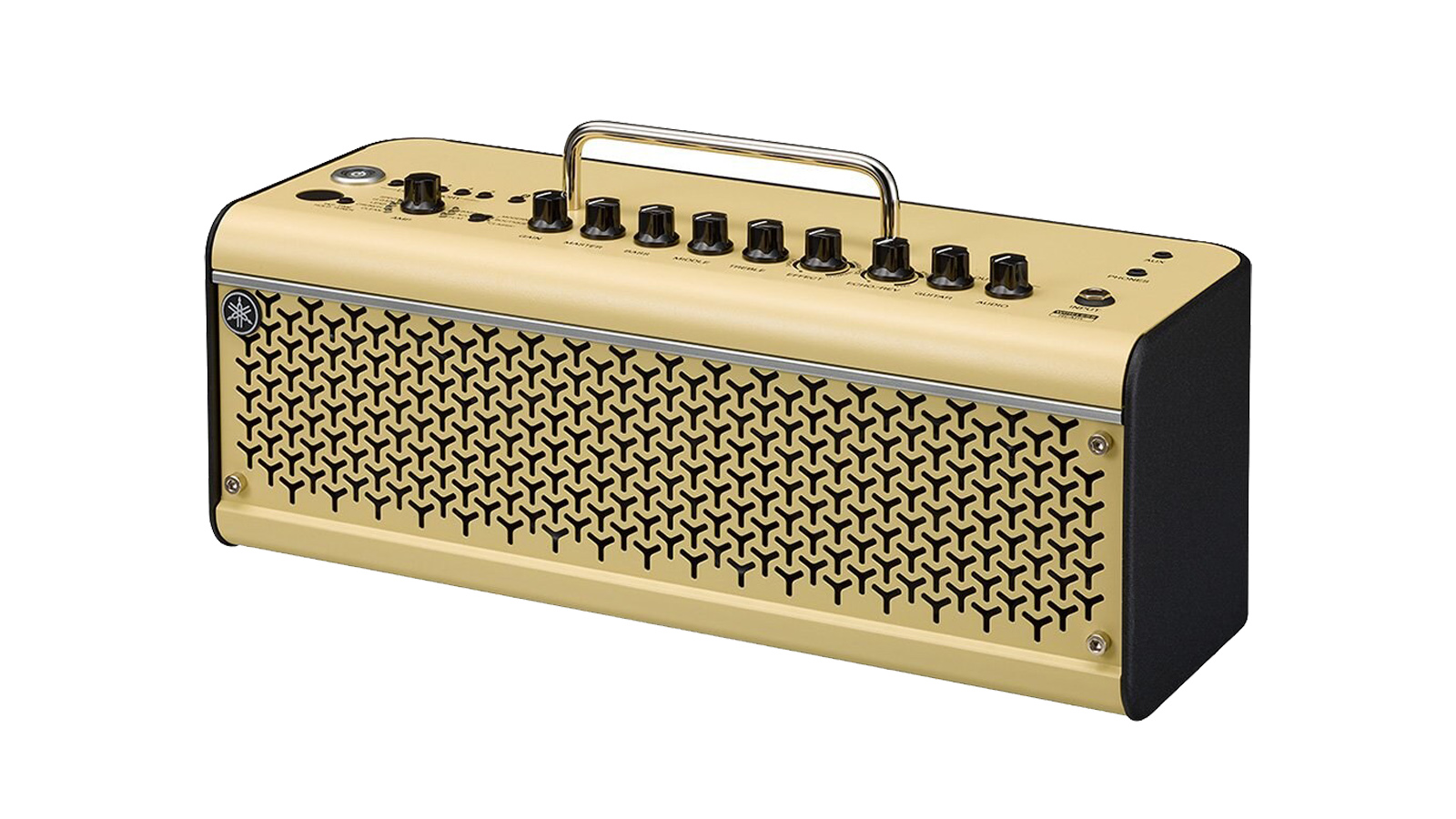
8. Yamaha THR30IIW
Our expert review:
Specifications
Reasons to buy
Reasons to avoid
Is the THR30IIW really a high-end amp? In our eyes, yes. It can't match the other amps in this guide for power or exclusivity, but when it comes to practicing at home this tabletop 30W modeling amp is unparalleled.
The THR30IIW is top dog in Yamaha's product line of very successful 'third amps'. That's the new category Yamaha invented to coexist with the large stacks and powerful combos that sound great on stage but are too loud for civilised home use. Essentially, it brings front of stage guitar tones to the front room.
It's loaded with 15 guitar amp models, three bass amp models, three mic models for acoustic-electrics plus flat voicings for keys and anything else that requires a neutral output. Boy does it sound awesome. No matter what genre you're into, or what tone you're trying to dial, this amp nails it. And at neighbor-friendly volumes too.
Yamaha makes the smaller, slightly less powerful THR10II but this is the one to go for. It's got more guts, it's wireless ready – you just need to buy a G10 transmitter – and it features stereo line outs. If your band or venue runs a PA, then you can saunter in with your natty little lightweight THR and rock out like a guitar god. All without putting your dodgy back out.
Read the full Yamaha THR30IIW review
Best high-end guitar amps: Buying advice
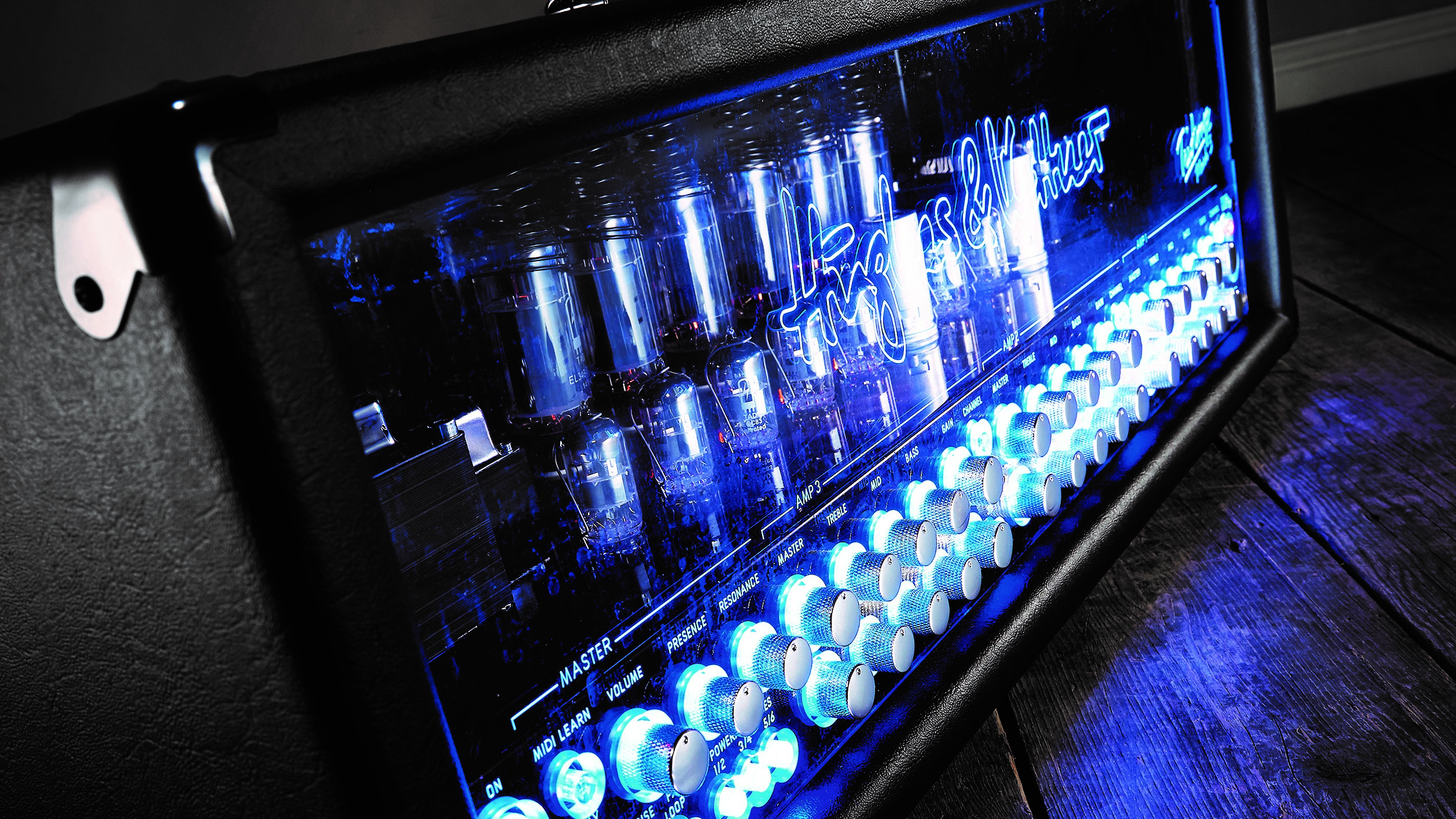
Finding the best high-end guitar amp for you
You can trust Guitar World
Like most expensive purchasing decisions, the process of buying the right high-end amplifier should start with a cold, hard look at how and where you're going to use it. For many of us, who think with our hearts not our heads, this is very alien behavior – hardly the stuff dreams are made of! I sympathize, I really do.
However, once you've arrived at the 'sensible' choice, there's nothing to stop you buying the one you're really gassing for. Just don't blame us if it all goes pear-shaped.
Your signature tone
This is a great place to start. Are you looking for an amp that'll make you sound like a '60's blues god? Or a hair metal hero from the late '80s? Or perhaps something else entirely?
It's pretty obvious, but most brands develop products for specific genres of music. You can play blues on an amp designed for modern high-gain tones, but you'll be better off with something with a more vintage voice.
Simplicity vs complexity
With some brands, price and features seem to follow a similar trajectory, which is logical enough. However, do you really need three preamps, six channels and MIDI control?
...Do you really need three preamps, six channels and MIDI control?
Some of you will, others won't. If you're in the latter camp, invest your cash in an amp that's easier to manage. That said, although some amps can have a steep learning curve, features such as MIDI can be a blessing. Eventually.
Power!
Price and power seem to follow a similar trajectory too. How much power do you really need? Maybe 50 watts? 100 watts? 150 watts? Many high-end amps run on tube-based circuitry, so even a 15-watt model is crazy loud when wound up.
These days, when most bands play through powerful PA systems there's little need for high wattage amps anymore, even if the figures are gas-provokingly impressive. Fortunately, most high-end amps feature an attenuator, which can reduce volume down to more sensible levels, giving you the best of both worlds.
But, if you're a front room guitarist who never gigs, consider a high-end practice amp like the Yamaha THR30II, rather than a powerful head and cab. It’s achingly tempting to go down the high wattage route but, trust us, a good quality practice amp will ultimately be more fun.
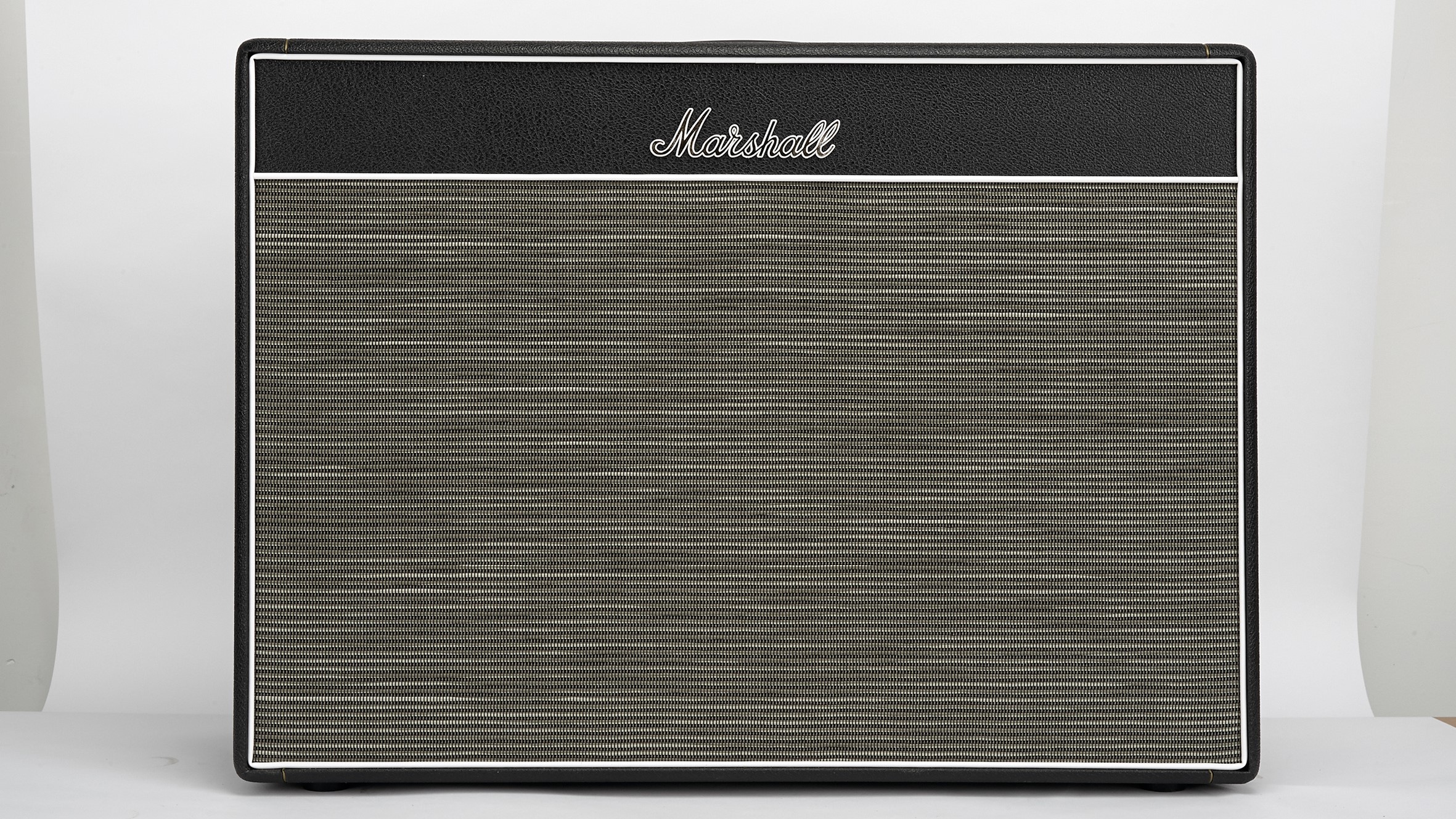
Head or combo?
Head of course. No, combo. Hold on a minute, let's think this through.
Traditionally, heads were used to drive stacks in high capacity, high volume, high gain environments, whereas combos were useful for smaller venues.
Now everyone's plugging into PAs, there's no longer the need for big, powerful heads is there? Well, it all comes down to convenience, tone and aesthetics. Most modern heads will have line outs, and possibly IR cab simulation too, which makes them very convenient to gig with – much smaller and lighter than a combo.
Then again, combos are self-contained and usually more than powerful enough to gig in a pub or small club. On the other hand, nothing compares to the sound of a powerful head driving a 4 x 12 cabinet does it? And, just as importantly, nothing looks as potent.
Handwired vs PCB
If you're spending the best part of your kid's college fund (it's OK, we won't tell) on an amp then there's the expectation that it's going to be personally screwed together by a geeky but cool legendary amp designer. Better still, it's going to be handwired, the gold standard of amp craftsmanship.
The fact is, some high-end boutique amps are handwired, while others are partially handwired. For example, Mesa/Boogie famously uses both techniques and, although they have their share of haters, most guitarists would agree that they're darn fine amps.
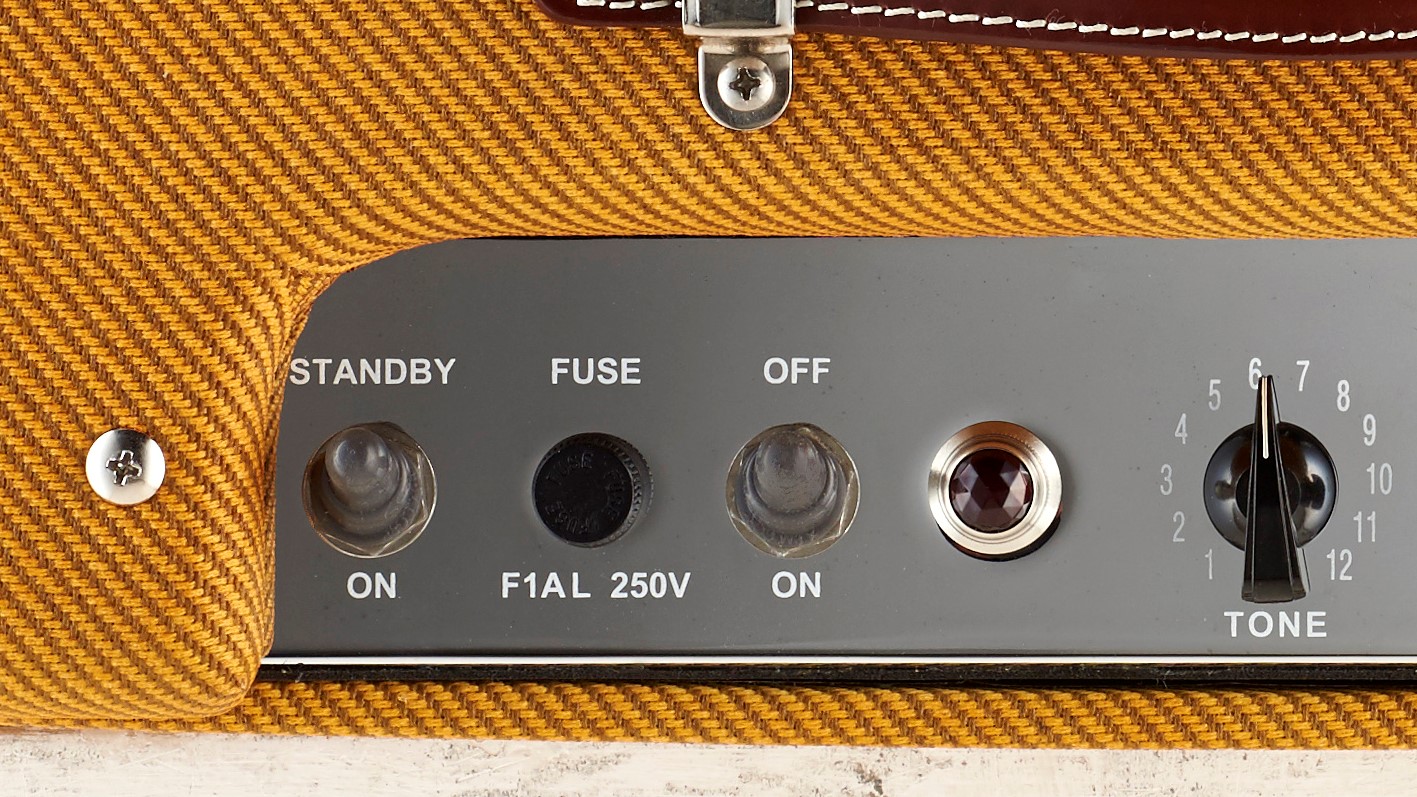
If you're buying a vintage reissue and handwiring is important to you then yes, it matters. If you appreciate the look of a neatly handwired amp, then of course it matters. Beyond that, we recommend you focus on features and tone.
Related buyer’s guides
- Fact - the best high-end electric guitars will make you a better player
- Make the most of analog with the best tube amps
- Get any amp tone you can think of with the best amp modelers
- Best guitar amp headphones for near-silent practice
Get The Pick Newsletter
All the latest guitar news, interviews, lessons, reviews, deals and more, direct to your inbox!
When Simon's childhood classical guitar teacher boasted he 'enjoyed a challenge', the poor man had no idea how much he'd underestimated the scale of the task ahead. Despite Simon's lack of talent, the experience did spark a lifelong passion for music. His classical guitar was discarded for an electric, then a room full of electrics before Simon discovered the joys of keys. Against all odds, Simon somehow managed to blag a career as a fashion journalist, but he's now more suitably employed writing for Guitar World and MusicRadar. When not writing or playing, he can be found terrifying himself on his mountain bike.
"I never use my tube amp at home now, because I have a Spark Live": 5 reasons you should be picking up the Positive Grid Spark Live in the massive Guitar Month sale
“Our goal is to stay at the forefront of amplification innovation”: How Seymour Duncan set out to create the ultimate bass amp solution by pushing its PowerStage lineup to greater heights











